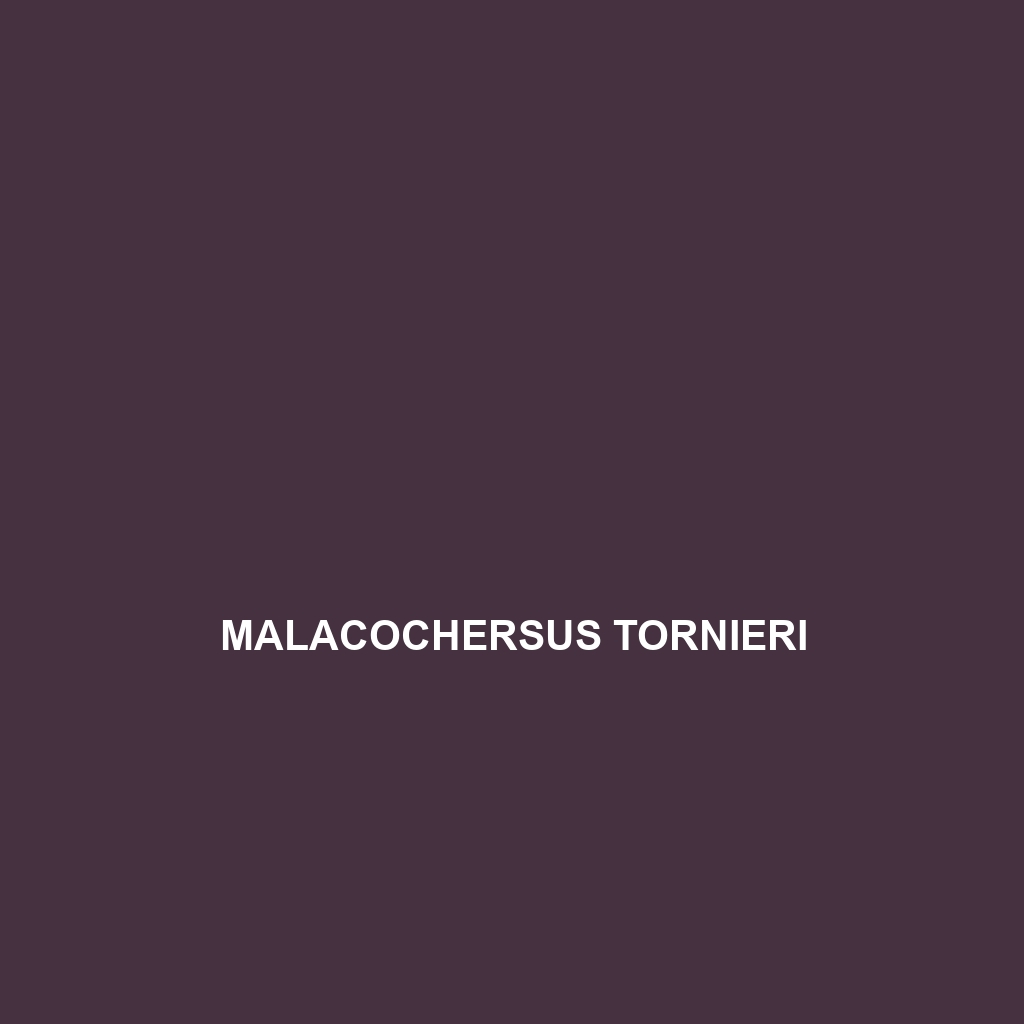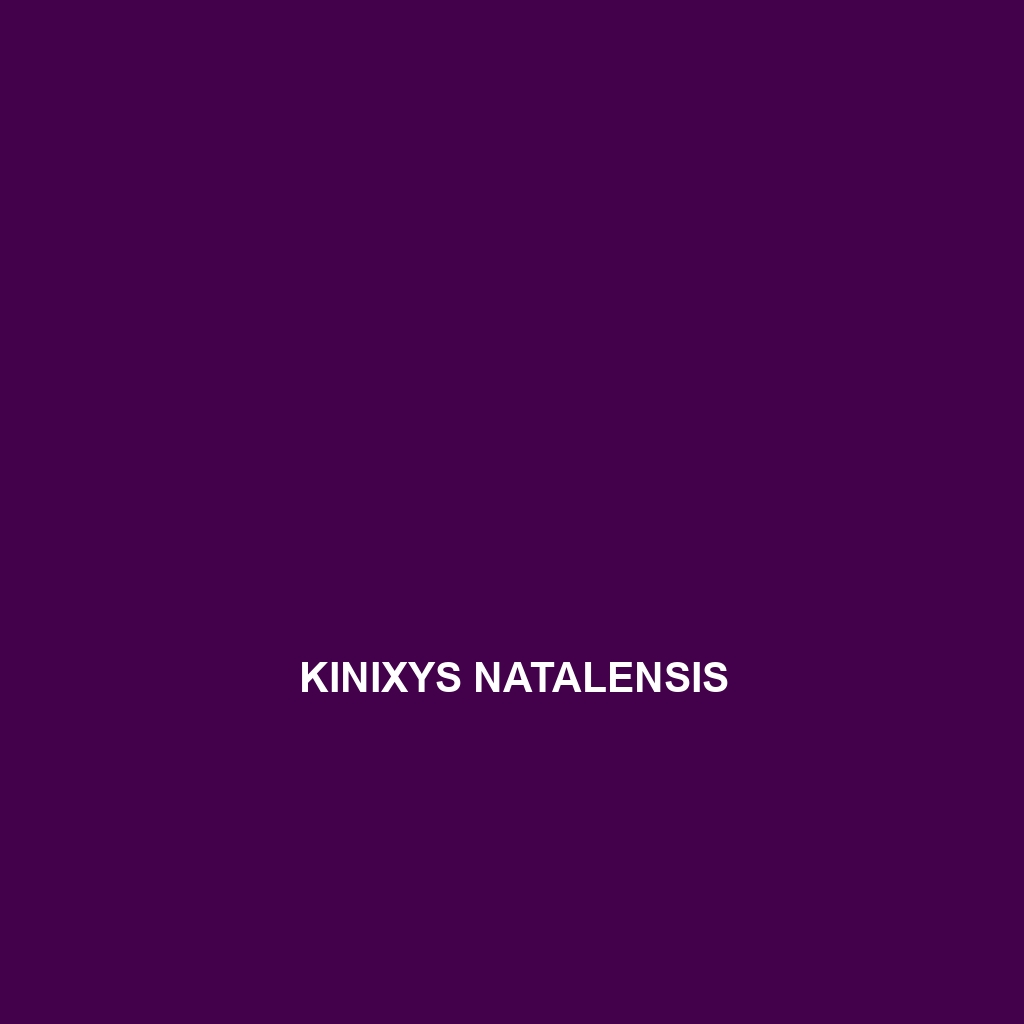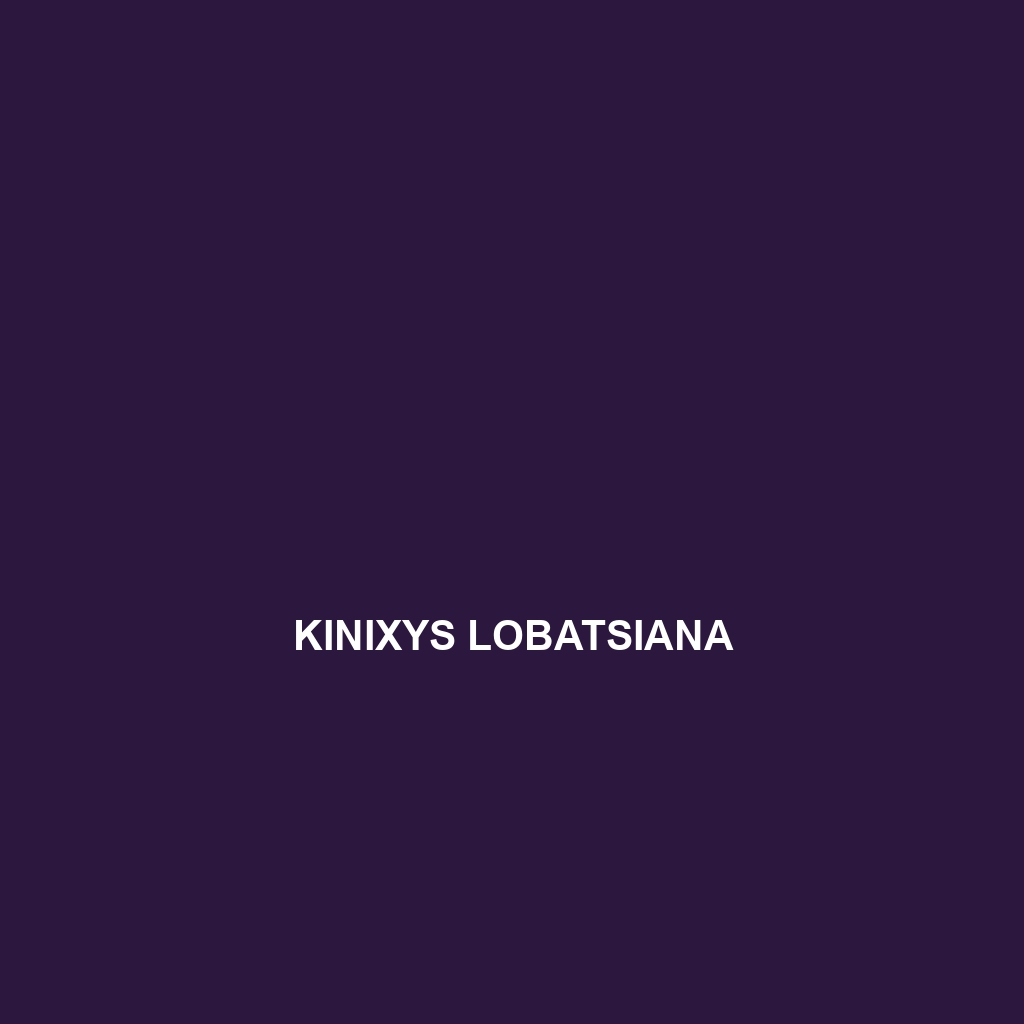Introducing the Pancake Tortoise (Malacochersus tornieri), a unique reptile with a distinctive flattened shell perfect for navigating rocky terrains in East Africa. This herbivorous tortoise thrives in warm climates, primarily feasting on grasses and leaves, while playing a vital role in its ecosystem through seed dispersal and plant maintenance.
Tag: tortoise habitat
Kinixys spekii
Discover the Speke's Hinged Tortoise (Kinixys spekii), a unique herbivorous species from eastern and southern Africa, characterized by its distinctive hinged shell, nocturnal behavior, and selective grazing habits that support its lush rainforest and savanna habitats. This vulnerable tortoise plays a crucial role in its ecosystem by aiding in seed dispersal and maintaining plant health.
Kinixys nogueyi
Discover the unique Noguey’s hinge-back tortoise (Kinixys nogueyi), a fascinating species from West and Central Africa known for its distinctive hinged shell and omnivorous diet. This vulnerable tortoise thrives in humid forest and wetland habitats, playing a crucial role in seed dispersal and ecosystem balance.
Kinixys natalensis
<b>Kinixys natalensis</b>, or the Natal hinged tortoise, is a unique species native to tropical and subtropical Africa, known for its ability to fully retract its highly domed shell and unique hinge mechanism. These herbivorous tortoises play a vital role in their ecosystem by aiding in seed dispersal and promoting biodiversity, while also showcasing a remarkable lifespan of over 50 years.
Kinixys homeana
<p><b>Kinixys homeana</b>, or the Home's hinged tortoise, is a unique herbivorous species native to the humid rainforests and savannas of Central and West Africa. Notable for its distinctive hinged plastron, which allows it to close its shell completely for protection, this tortoise has a lifespan exceeding 50 years in captivity and plays a crucial role in maintaining ecosystem balance through seed dispersal.</p>
Kinixys lobatsiana
<p><b>Kinixys lobatsiana</b>, also known as the Lobatse tortoise, is a medium-sized, herbivorous tortoise found in the tropical regions of Sub-Saharan Africa, featuring a high-domed shell with vibrant yellow and brown patterns. This species plays a crucial role in its ecosystem by aiding in seed dispersal and maintaining ecological balance while being classified as "Vulnerable" due to habitat loss and the pet trade.</p>
Kinixys erosa
<b>Kinixys erosa</b>, also known as the East African Spurred Tortoise, is a resilient herbivorous species found in East Africa's diverse habitats, characterized by its distinctive high domed carapace, strong limbs, and impressive adaptability. This <b>vulnerable</b> tortoise, known for its longevity and unique mating behaviors, plays a vital role in its ecosystem through seed dispersal and vegetation management.
Indotestudo forstenii
<strong>Indotestudo forstenii</strong>, or Forsten's tortoise, is a vulnerable species native to the tropical rainforests of Southeast Asia, characterized by its dark brown to olive green dome-shaped shell and herbivorous diet. Primarily terrestrial and exhibiting a mix of diurnal and nocturnal behaviors, this tortoise plays a crucial role in seed dispersal and maintaining ecosystem health.
Indotestudo elongata
Discover the Indotestudo elongata, or elongated tortoise, a fascinating herbivorous species native to the tropical regions of Southeast Asia, recognized for its distinctive elongated shell and strong limbs. This vulnerable tortoise plays a vital role in its ecosystem by controlling plant populations and aiding in seed dispersal, thriving in moist, shaded environments of rainforests and savannas.
Homopus areolatus
<p><b>Homopus areolatus</b>, or the Cape Tortoise, is a medium-sized tortoise native to the arid regions of southwestern Africa, characterized by its unique flattened shell adorned with a net-like pattern. This herbivorous species thrives in savannas and dry shrublands, exhibiting fascinating behaviors including selective foraging and a remarkable ability to survive droughts through dormancy.</p>








